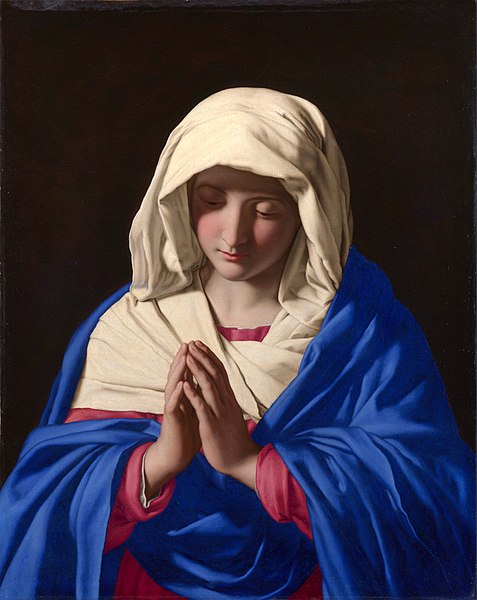One of the holy grails of horticulture is the blue rose. A variety of rose colours have been cultivated using various techniques such as hybridisation, ranging from the classic deep red to bright yellow, to even a mix of colours. However, there has never been a successful case of breeding blue roses.
This is why blue roses have become synonymous with the longing for attaining the impossible. It was a symbol of the Romanticism movement, representing the desire and striving for the infinite and unreachable; a dream that cannot be realised. The flower meaning for the blue rose is secret, unattainable love.

The reason why blue roses are impossible to produce naturally is that they do not have the gene for the protein that makes a blue hue. The biochemistry of flower colours is complex, but essentially, the blue colour seen in flowers such as pansies and butterfly peas is produced by the chemical delphinidin. Roses lack this pigment and only contain pigments that produce red and orange colours.
Because blue roses have always been deemed impossible, florists have had to resort to using blue dye on white roses to produce artificial blue roses. But this all changed with the introduction of genetic modification technology.
In 2005, scientists reported that they created the first true “blue rose”, by genetically engineering a white rose to produce delphinidin and using RNA interference to shut down all other colour production. However, the results were disappointing and the so-called “blue rose” turned out to be more of a mauve or lavender colour, due to the blue having a red tinge.
This is because rose petals are more acidic than true blue flowers such as pansies. Delphinidin is degraded by acid, meaning that you cannot produce the deep blue found in pansies in roses without finding a way to reduce the acidity. This chemical phenomenon can also be seen in hydrangeas, where the red and pink petals turn blue and violet when you acidify the soil that it is growing in.
Although we now harness powerful tools to modify nature in ways deemed impossible in the past, nature still proves to be tricky and elusive.












